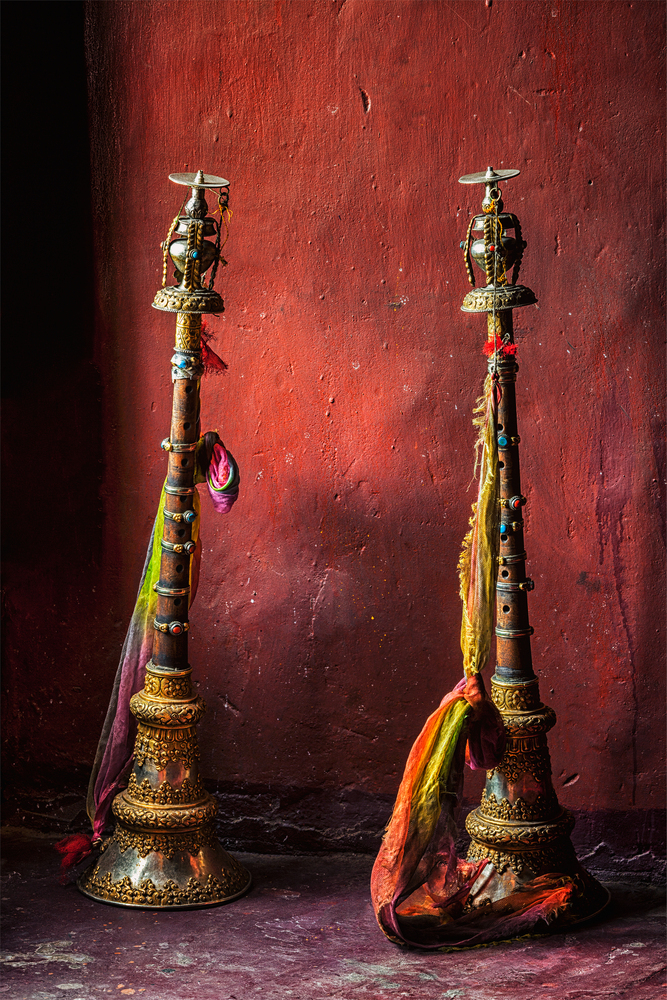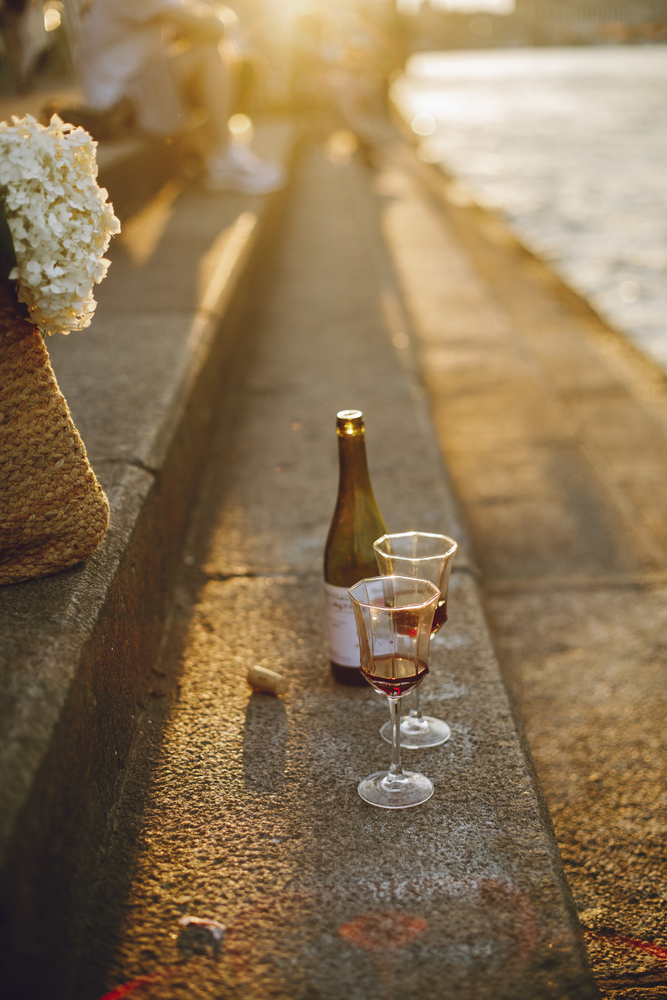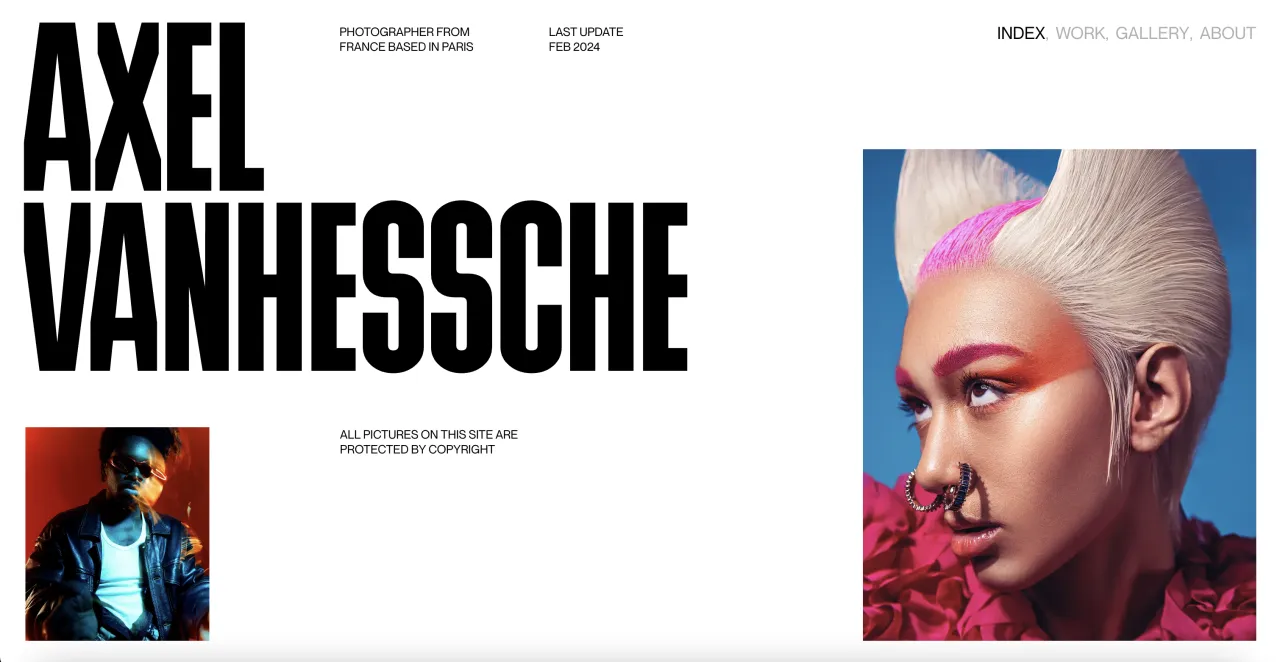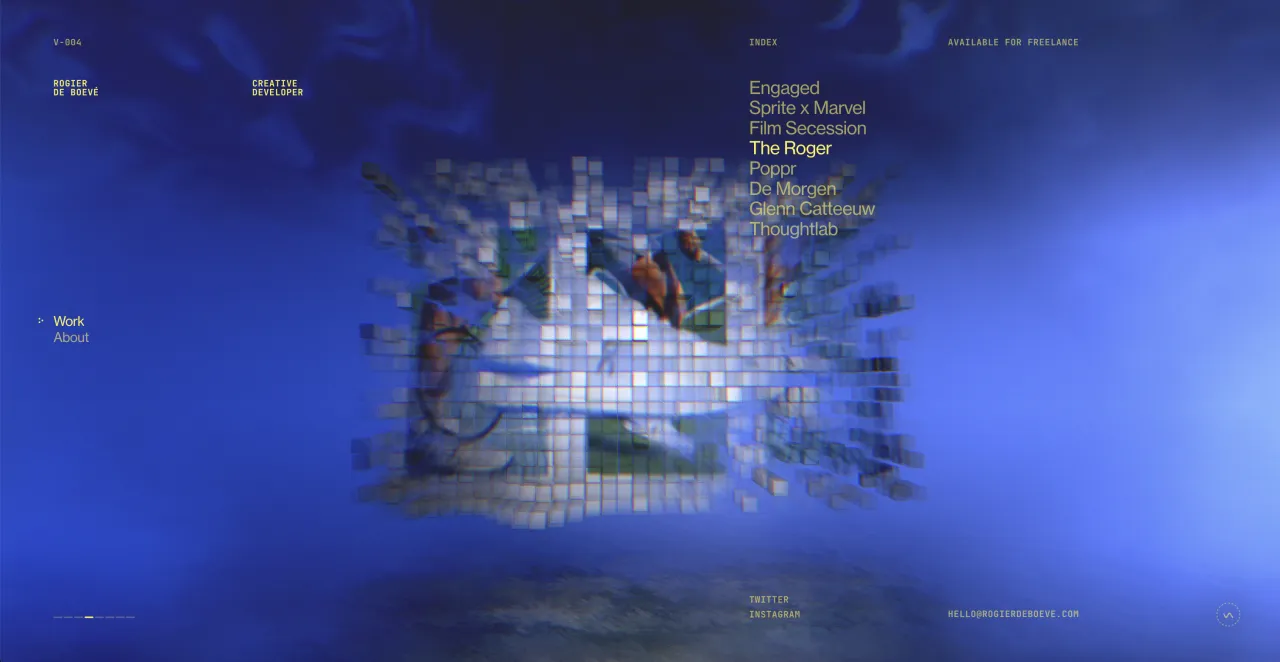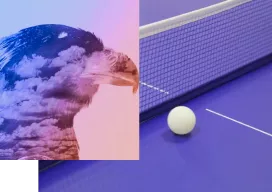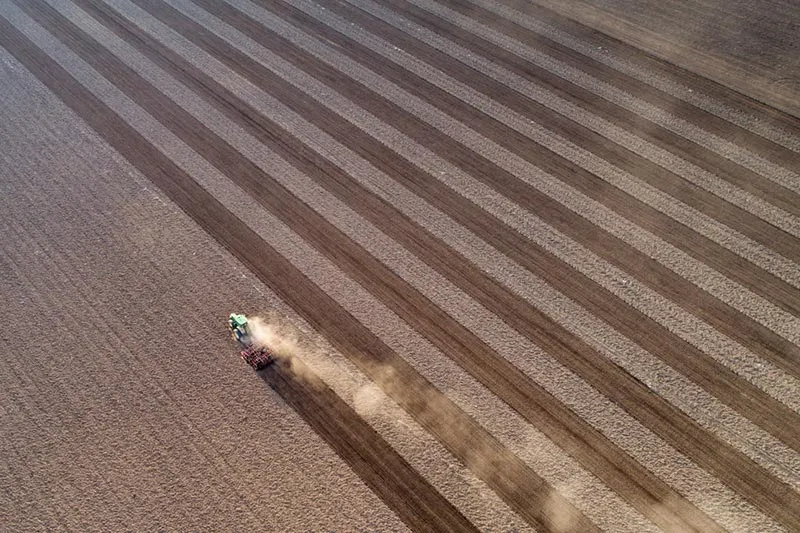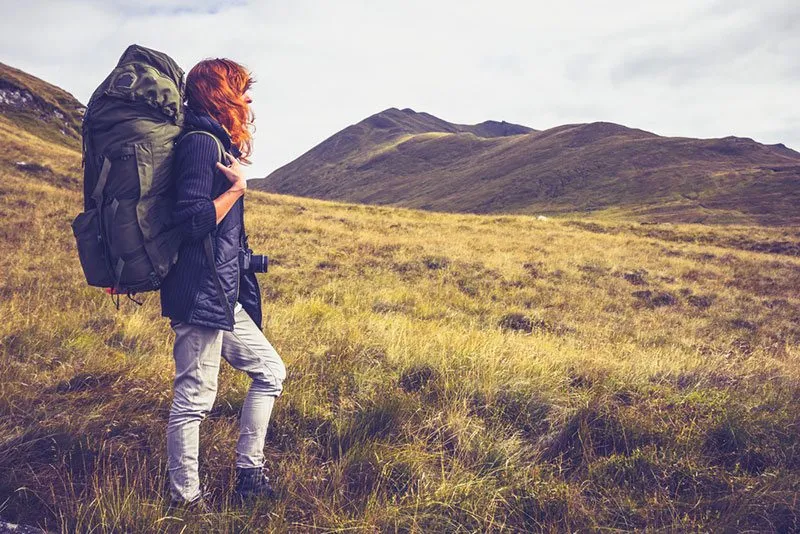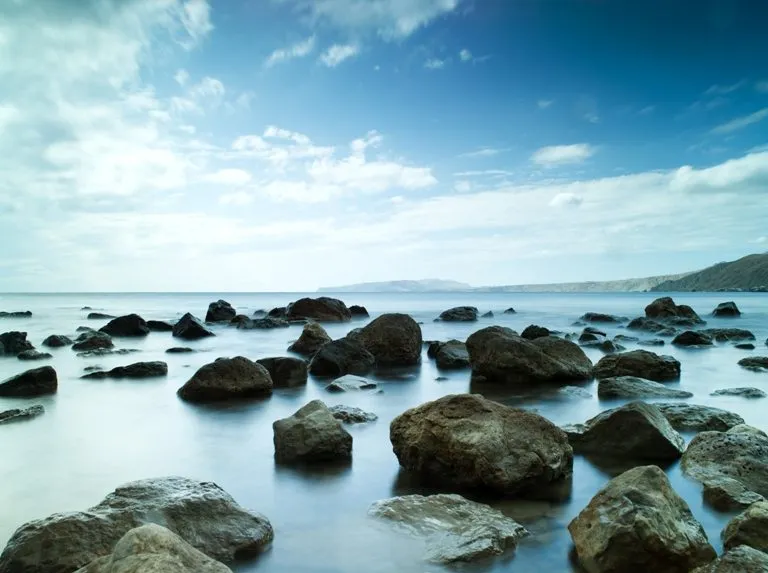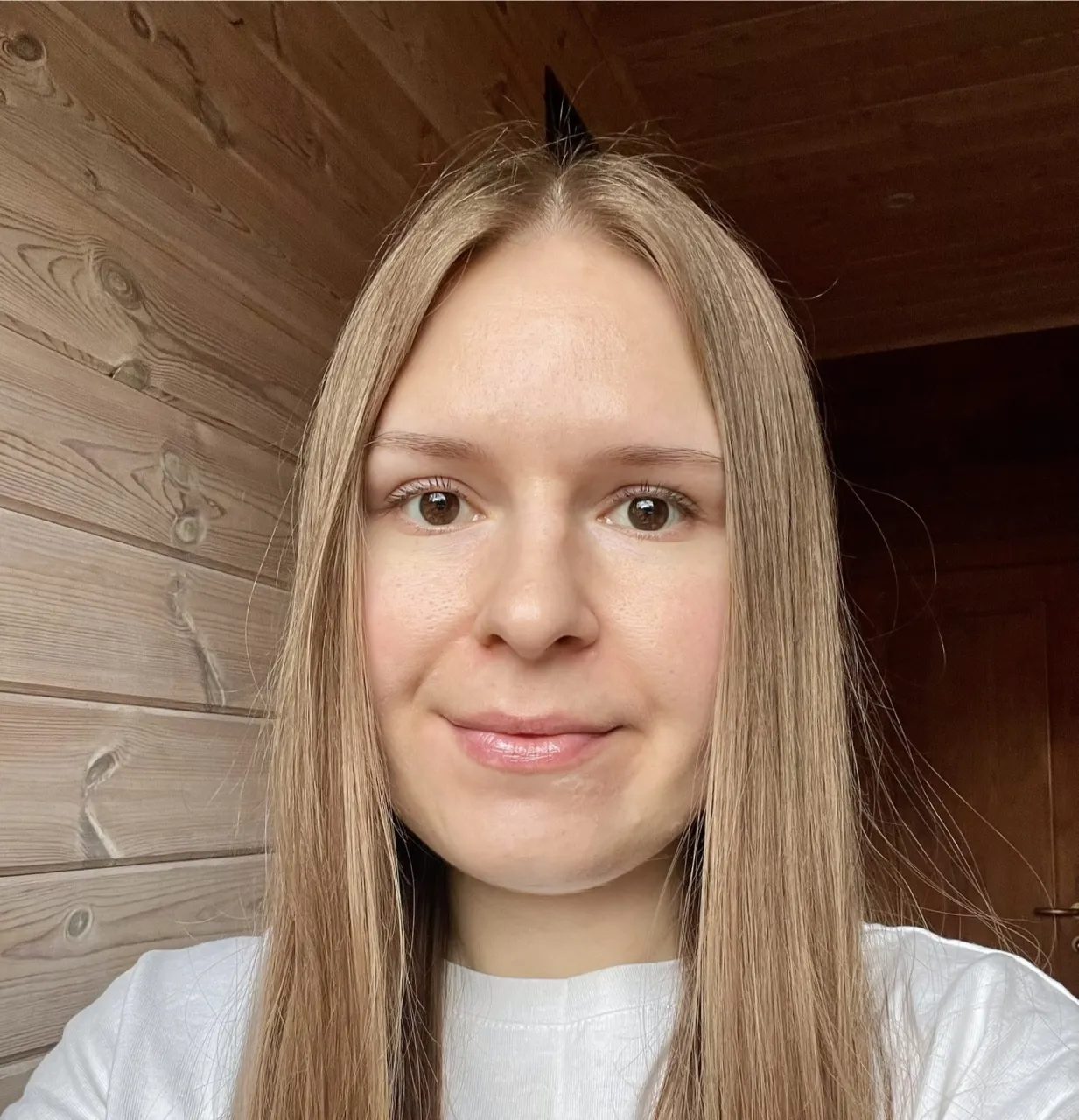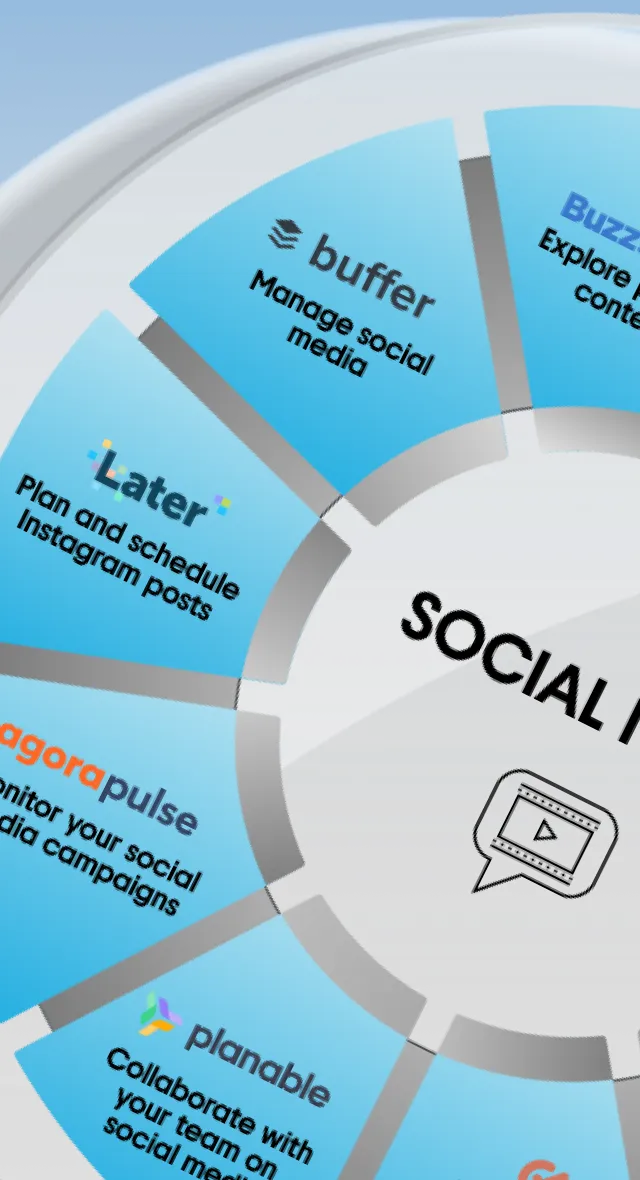Portrait vs Landscape Photography: Why Orientation Matters
Imagine scrolling through your social media feed. A breathtaking landscape photo catches your eye—its wide expanse pulls you into a serene sunset. A few posts down, a striking portrait captures a person’s intense gaze, making you pause and wonder about their story. These moments are no accident, they’re the result of carefully choosing between portrait and landscape orientation.
How you frame your photos can make or break their impact, and in this article, we’ll elaborate on the art and science behind these choices. Mastering these techniques will help you create professional-looking content for your business or personal portfolio.
Find the perfect shot for your creative project among millions of high-quality images in the Depositphotos library.
Portrait orientation explained
Portrait orientation is the vertical alignment of an image, where the height exceeds the width. It mimics the human body’s natural shape, which is why it’s often used for capturing people, but its application extends far beyond traditional portrait photography.
When considering composition, portrait orientation allows the photographer to play with leading lines that guide the viewer’s gaze from top to bottom, focusing on vertical elements and emphasizing the subject’s height. In a world where our eyes are often drawn horizontally, the verticality of portrait orientation offers a refreshing and sometimes dramatic change in perspective.
Examples of vertical orientation in visual arts
The use of portrait orientation in visual arts has deep historical roots. Classical portrait paintings from the Renaissance to the Baroque periods were often vertical, capturing the elegance and poise of their subjects. Artists like Rembrandt and Leonardo da Vinci utilized portrait orientation to focus on the human figure, creating masterpieces that continue to inspire modern photographers.
Vertical orientation is particularly effective in isolating a subject, creating a sense of intimacy or immediacy that can be powerful in both artistic and commercial photography. Think of skyscrapers in a cityscape, towering trees in a forest, or a model in full-body fashion photography.
Iconic portraits like Steve McCurry’s “Afghan Girl” demonstrate the power of this orientation. The vertical alignment frames the girl’s face, highlighting her piercing eyes and conveying a deep emotion that resonates with viewers worldwide.
Annie Leibovitz, renowned for her subjects—from celebrities to everyday people—in a way that feels intimate and grand.
Renowned portrait photographer Platon, known for his striking images of world leaders, often highlights the power of portrait orientation in capturing the essence of his subjects:
Portrait orientation allows me to focus on the face, on the eyes, which are the windows to the soul. It’s about drawing the viewer into a personal connection with the subject.
Landscape orientation explained
Landscape orientation, characterized by a horizontal alignment where width exceeds height, is the most natural way for human eyes to perceive the world. Our vision spans more horizontally than vertically, making this orientation particularly effective for capturing wide scenes, expansive landscapes, and group shots.
The ability to include foreground, midground, and background elements helps to create depth, making the viewer feel as though they are stepping into the scene, which portrait orientation often lacks. When working on composition, photographers often use techniques such as the rule of thirds to create balanced images. By placing the subject off-center, they can draw attention to the subject while still showcasing the environment, making this orientation a favorite for environmental portraits, landscape photography, and certain commercial contexts.
Looking for inspiration? Check out this stunning collection of nature landscape photography
Examples of horizontal orientation in visual arts
Throughout art history, landscape orientation has been used to capture the glory of the natural world. The works of artists like J.M.W. Turner and Claude Monet often featured wide, expansive canvases that mimicked the vastness of their subject matter.
Landscape orientation is particularly effective in travel photography, where the environment plays a crucial role in the narrative. This could be a sweeping view of a mountain range, a panoramic cityscape, or a group photo where every individual needs to be included without sacrificing the background.
Ansel Adams’ black-and-white landscapes of the American West are iconic examples of how landscape orientation can convey the majesty of nature. His use of wide, sweeping compositions allowed him to capture the dramatic interplay of light and shadow across vast terrains.
Landscape photographer Michael Kenna, whose work is characterized by serene, minimalist scenes, advocates for the use of landscape orientation to convey a sense of place:
Landscape orientation gives me the space to explore the relationship between the subject and its environment,” he says. “It’s about creating a dialogue between the elements within the frame.
These days, photographers use landscape orientation in everything from editorial spreads to websites, presentations, brochures, and advertising campaigns. The orientation’s ability to present a scene in its entirety makes it an invaluable tool for storytelling.
When to use portrait vs landscape orientation
Brand identity and visual impact
In business and advertising, the choice between portrait and landscape orientation can significantly impact how a brand is perceived. Visuals are often the first point of contact between a brand and its audience, making orientation a crucial element in creating a solid first impression. A brand that consistently uses portrait orientation in its visuals might be perceived as more personal and approachable, focusing on individual stories and experiences. Conversely, a brand that favors landscape orientation might be seen as more expansive and visionary, focusing on the bigger picture.
Portrait orientation is frequently used in fashion and lifestyle advertising, where the focus is on the individual or product. This format emphasizes the subject, creating a sense of luxury and exclusivity. High-end brands such as Gucci often use portrait orientation in their ads to evoke a sense of sophistication and elegance, drawing the viewer’s attention directly to the model or product.
On the other hand, landscape orientation is commonly used in industries like real estate and travel, where context and environment are important. For example, a brand like Airbnb often uses landscape orientation in its advertising to showcase entire homes or stunning travel destinations. This broader view aligns with Airbnb’s brand message of exploration and connection to place, allowing potential customers to envision themselves within these environments.
Car manufacturers also favor landscape orientation to highlight the design and features of their vehicles within a broader context, such as a winding road or open terrain.
Some brands mix approaches depending on the product type. Let’s take a look at Apple’s use of orientation in their product photography. For devices like the iPhone or MacBook, landscape orientation is often used to emphasize the sleek design and technological innovation with a broader meaning, such as a creative workspace. However, when highlighting features like the portrait mode in iPhone cameras, Apple switches to portrait orientation, showcasing the technology’s ability to capture striking, vertically-aligned images.
If your creative project needs more than photos, we’ve got you covered! Explore millions of illustrations, vectors, and audio files. Easily filter your search results to find exactly what you need in seconds.
Social media and digital platforms
Orientation is particularly important in the digital realm, where different platforms have their own preferred formats. Social media like Instagram and Pinterest are designed with portrait orientation in mind, making vertical images more likely to fill the screen and capture attention. Yes, you can post horizontal content too, but it can lose in terms of how impactful a vertical shot is on a vertical screen.
Landscape orientation still plays a crucial role on platforms like Facebook, X, and YouTube. Video content often benefits from landscape orientation, which is more aligned with traditional viewing experiences. Wide images and videos on these platforms can convey a sense of professionalism and are often used for more polished, high-production content.
Technical side of photography orientation
When working with different orientations, it’s important to consider how resolution and aspect ratios will affect the final image. Portrait orientation typically uses an aspect ratio of 4:5 or 2:3, while landscape orientation often uses 16:9 or 3:2. These ratios determine how the image will fit on various screens and platforms.
Resolution is also a critical factor when resizing images for different uses. Higher resolution images provide more flexibility in cropping and editing, ensuring that the image remains sharp whether it’s viewed on a mobile device or a large screen.
The equipment you use can also influence your choice of orientation. Some cameras and lenses are better suited for one orientation over the other. For instance, wide-angle lenses are often used in landscape photography to capture more of the scene, while portrait lenses (often prime lenses with a focal length of 85mm) are ideal for vertical shots that focus on the subject.
Finally, post-processing tools like our Background Remover and Upscaler allow you to experiment with shots even after they’ve been taken.
Wrapping up
The next time you reach for your camera or start designing your next ad campaign, take a moment to consider the orientation of your visuals. Whether you choose portrait or landscape, making an informed decision can drastically increase the impact of your content.
Remember, the best photography tells a story. And the way you frame your story makes all the difference. Now it’s your turn to experiment with these orientations and create memorable visual content.
Read more about photography
The Whats and Hows of World Photography Day: Exciting Facts + Collection
Debunking 10 Myths About Stock Photography
Photography Trends 2024: The Next Wave of Creative Expression

